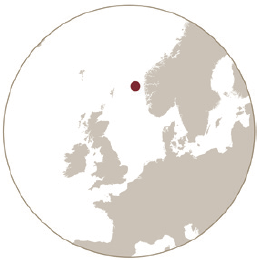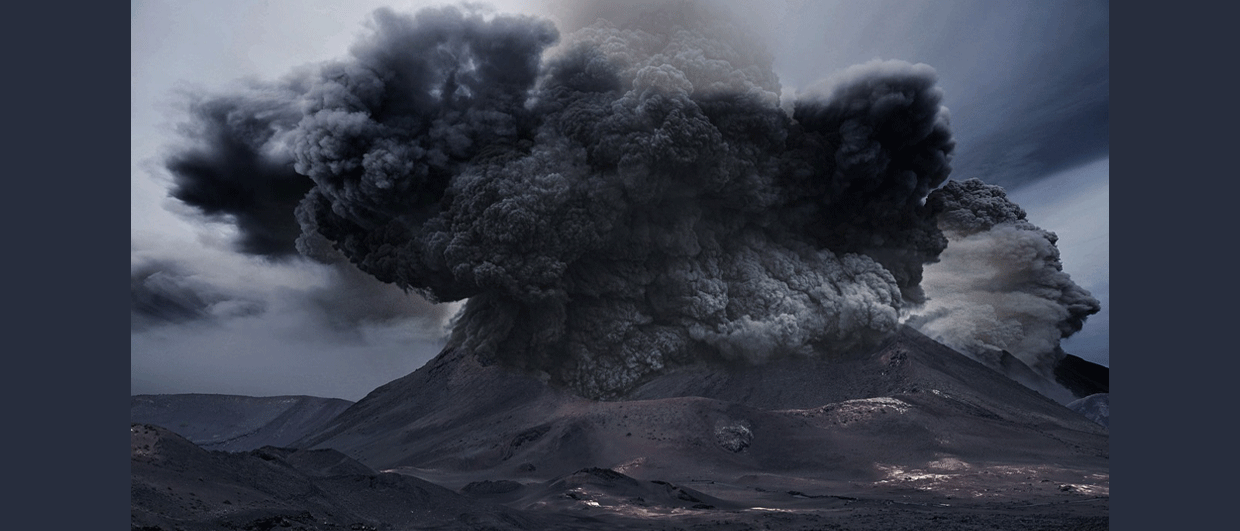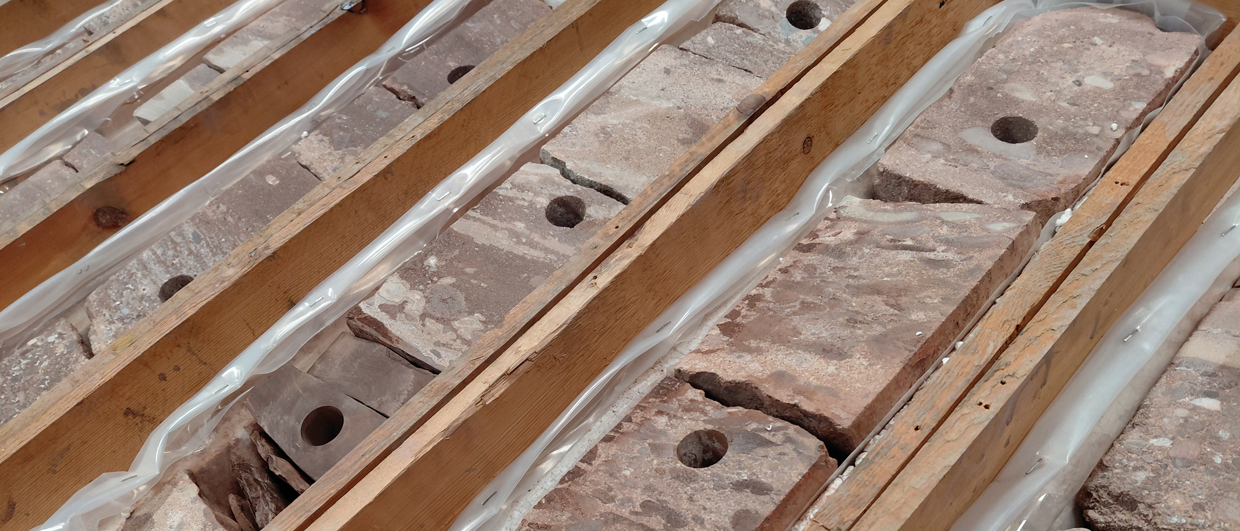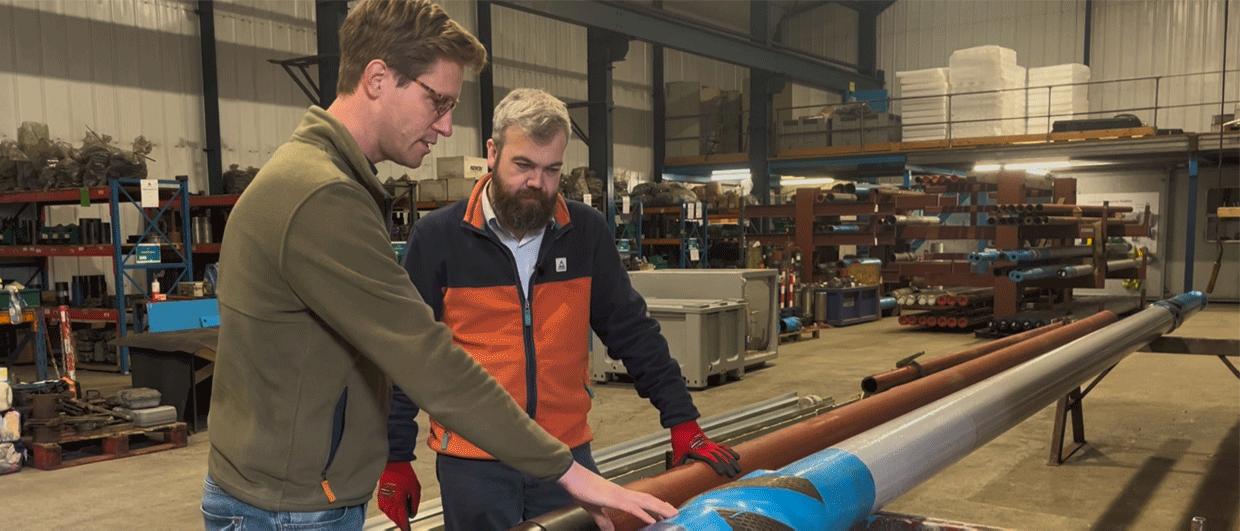 The Kveikje discovery in the Norwegian North Sea was proven with a play-opening well in 2022, discovering a significant hydrocarbon accumulation in shallow Eocene-aged remobilised sands and injectites. These strata are traditionally considered as the overburden in this area.
The Kveikje discovery in the Norwegian North Sea was proven with a play-opening well in 2022, discovering a significant hydrocarbon accumulation in shallow Eocene-aged remobilised sands and injectites. These strata are traditionally considered as the overburden in this area.

Not only did the exploration well 35/10-8 S prove one of the largest discoveries in the TrollFram area in recent years, but a core was cut from the Lower Hordaland Group green claystones to near the base of the Balder Formation, covering the super-regional stratigraphic horizon, the ‘top Balder Formation’. The 85 m long core therefore provides the opportunity to study the volcaniclastic sedimentology of one of the most mapped horizons in the North Sea.
The sandy Radøy Member representing the Kveikje reservoir is encased in the tuaceous Balder Formation. Above and below the reservoir, the Balder Formation consists mainly of open marine hemipelagic and volcaniclastic sediments dropped out of suspension and deposited on an unstable slope. These deposits include centimeter to decimeter-thick graded calcareous tuff/ash beds that have no visible sedimentary traction structures associated with them.
Volcanic ash also occurs as very thin low-density turbidite beds (Bouma Tc-e), debrites and injectites as recognized in the Viking Graben core data. The latter may be related to syn-sedimentary remobilization and deformation of the substrate. Several scattered gravel to pebble-sized clasts can be observed deforming the surrounding strata. Bioturbation is only recognized in the hemipelagic black shales at the top of the Balder Formation as rare occurrences of Nereites, Chondrites and Planolites burrows, suggesting dysoxic to anoxic conditions.
The Balder Formation was deposited within a forced regressive phase. Tuff bed frequency within the core decreases upward, marking the waning and culmination of 0.5 million years of volcanic activity and a rise in sea-level that stretched from the Faroe Islands through the North Sea to Denmark. The volcanic activity is related to the Final break-up phase of the North Atlantic margin and massive emplacement of volcanics in several Iceland-like igneous centres developed from the West of Shetland into the Møre and Vøring basins.
Photo: Lightly coloured calcareous tuff and ash beds of the Balder Formation, intercalated with darker coloured hemipelagic black shales from well 35/10-8 S, 1,170-1,172 m. In the left core a whitish clast can be seen with the associated deformation of the surrounding strata. Source: Equinor.





